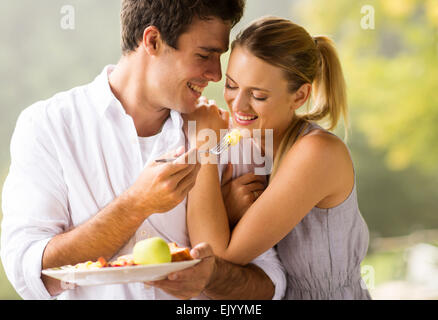There is no proof that wives from the Viking era wore veils. She https://www.usnews.com/news/best-countries/czechia had likely be kept in seclusion rather, along with a gydja and her female staff. She might also lose her kransen, a symbol of her virginity.
Then, to test his libido, her bridegroom would dip his weapon into a rooftree or other supporting wall. The severity of the scar created may affect the woman’s kids ‘ chances of success.
1. Up, we walk in the Aisle.
The bride might be escorted down the aisle by both families or a loved one rather than being “given away” by her parents. The festival will then start, and she will sit on the couple’s remaining.
The best male will insert following, either by himself or with his groomsmen, and will then sit to the couple’s right throughout the ceremony. He will likewise keep the bouquet of flowers for the bride.
2. Speeches delivered at the welcome party
At the welcome, the maid of honor usually speaks. This is a heartwarming second that emphasizes the qualities that make the few ideal for one another, much like the best person statement does.
Usually, the father of the bride starts speaking then. He wishes his kid fate in wedding and expresses his love and pride for her.
At the welcome, any tourist is welcome to raise a glass. Be careful not to dominate the camera, though. Maintain your remarks succinct and charming!
3.. Changing into the Bride’s Sneakers
A quarter in the bride’s boot is a long-standing custom that represents prosperity for newlyweds. It is a variation on the well-known wedding rhyme” something old, something new,” something borrowed, and something blue.”
Before the wedding meeting in Sweden, the couple’s mom places a ore coin in her sneaker. After the bands are blessed, the bridegroom gives his bride a coin.

Viking did not get married for physical reasons; rather, they did so for economic and political factors. Nevertheless, if a lady had an affair while they were married, she might be fined or killed.
4…………………………………….. The Entourage Is Not Important
In Scandinavia, marriage remarks are open to the public. During the dinner reception, any visitor is welcome to address the speaker and wish the happy couple nicely. This indicates that remarks may go on for hours.
Some Swedish people choose not to hire brides or guys at all as a result. Some of your friends and family people who might get aggressive during the flowers shove might find this a small startling!
5. The Kransen of the Bride Is Taken Off
The bride do spend her time alone with female friends and family members before the wedding, possibly also a gydja, to make sure she was absolutely virginal on the major day. Her Kransen, a gilt circlet that symbolized her single status, would remain taken from her and carefully wrapped in cloth to keep.
The man would subsequently steal a dagger from one of their ancestors’ tombs and give it to the wedding. This represented the passing of family safety and was a significant ritual for Viking marriages.
6. 5. The wedding dinner
The ceremony dinner was frequently a week-long affair, necessitating ample food materials. This implied that the date would need to be shut to yield.
The couple’s apartment was visited by the man, his family, and guests as the meeting got underway. She crossed the threshold of her innovative existence, becoming a wife in the process.
She moreover took off her kransen, a headdress that represented her chastity.
7..7. The Bride and groom Trade Swords
The wife may receive his ancestral sword from the man single baltic brides as a sign of her transfer of family ancestry. Since old weapons frequently had swear rings incorporated into the hilts, he also swore a vow of fidelity to her.
In the legends, there are hints that a suitor was required to give extra money for what are known as morgen-gifu or morning gifts after receiving his or her bride. It could have been household objects, apparel, or clothes.
8. The service for fasting
The couple uses a cable to tie their arms together during this meeting. It serves as a sign that they will always be connected.
One of the few matrimony customs from the Scandinavian era that has not changed is this one. In actuality, this is the origin of the word “handfasting.”
This was a crucial stage because it formalized the marriage from maiden to spouse. Additionally, it forbade the father’s community from providing assistance to illegitimate children.
9. 9. Crown of the Bride
The princess’s locks is significant when it comes to weddings. It represents ovulation and sexism. She braids it in intricate habits for this reason.
Viking brides would go to a sauna before the ceremony with married female family members and friends. She would soak herself around to erase her virginity. Subsequently she took off her kransen and saved it for her future princess to wear as a wedding king.
The pair therefore traded daggers, symbolizing the division of defense among their people. This is the origin of the phrase “tying the tie.”
